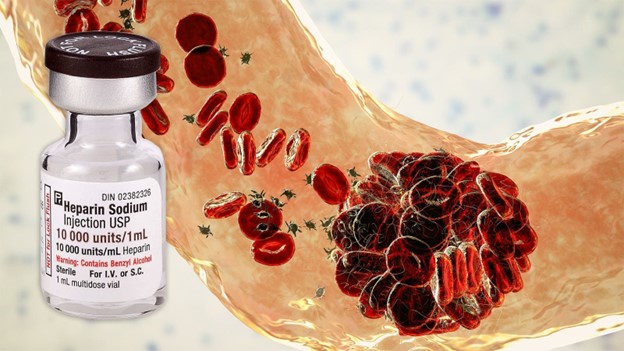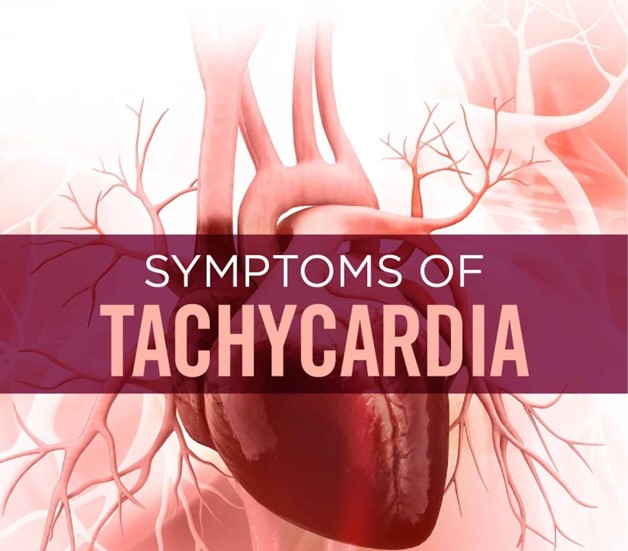A nurse is preparing to administer risperidone 5 mg PO.
Available is risperidone 2 mg tablets.
How many tablets should the nurse administer? (Round the answer to the nearest tenth, Use a leading zero if it applies.
Do not use a trailing zero).
2 tablets.
2.5 tablets.
2.6 tablets.
3 tablets.
The Correct Answer is B
The nurse should administer 2.5 tablets.
To determine the number of tablets needed to administer a dose of 5 mg using 2 mg tablets, you can divide the desired dose (5 mg) by the available tablet strength (2 mg/tablet): 5 mg ÷ 2 mg/tablet = 2.5 tablets.
Choice A is incorrect because administering 2 tablets would only provide a dose of 4 mg (2 tablets x 2 mg/tablet = 4 mg).
Choice C is incorrect because administering 2.6 tablets would provide a dose of 5.2 mg (2.6 tablets x 2 mg/tablet = 5.2 mg).
Choice D is incorrect because administering 3 tablets would provide a dose of 6 mg (3 tablets x 2 mg/tablet = 6 mg).
Nursing Test Bank
Naxlex Comprehensive Predictor Exams
Related Questions
Correct Answer is D
Explanation
Heparin is an anticoagulant that is used to decrease the clotting ability of the blood and help prevent harmful clots from forming in blood vessels 1.
However, heparin will not dissolve blood clots that have already formed, but it may prevent the clots from becoming larger and causing more serious problems 12.

Choices A, B, and C are incorrect because heparin does not dissolve existing clots. Instead, it works to prevent new clots from forming 12.
Correct Answer is C
Explanation
“Tachycardia.” Theophylline can cause a number of side effects, including tachycardia (fast heart rate) 1.
The nurse should instruct the client to monitor for this adverse effect and report it to their healthcare provider if it occurs.
Choice A is not correct because drowsiness is not a common side effect of theophylline.
Choice B is not correct because constipation is not a common side effect of theophylline.
Choice D is not correct because tachycardia is a known adverse effect of theophylline.

Whether you are a student looking to ace your exams or a practicing nurse seeking to enhance your expertise , our nursing education contents will empower you with the confidence and competence to make a difference in the lives of patients and become a respected leader in the healthcare field.
Visit Naxlex, invest in your future and unlock endless possibilities with our unparalleled nursing education contents today
Report Wrong Answer on the Current Question
Do you disagree with the answer? If yes, what is your expected answer? Explain.
Kindly be descriptive with the issue you are facing.
